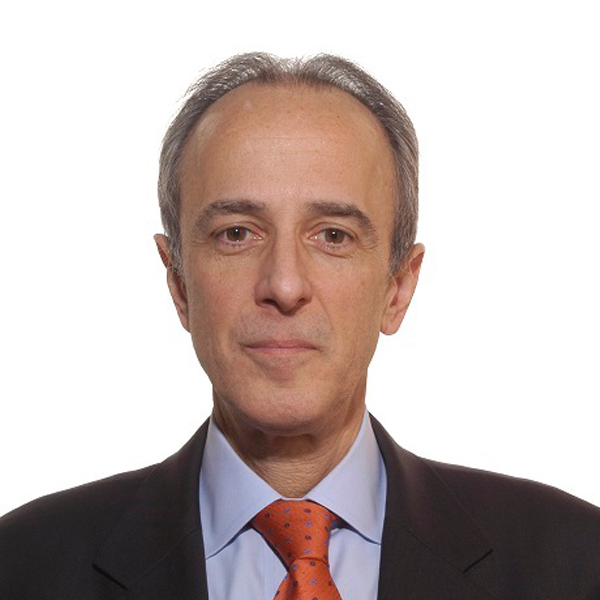Takeaway
Knowledge and skill are critical to clinical excellence—however their true value can only be realized when the clinician knows each patient as a person.

Passion in the Medical Profession | April 23, 2018 | 2 min read
By Roy Ziegelstein, MD, Johns Hopkins Medicine
I consider myself extremely fortunate for several reasons, and each contributes to defining my clinical mission and values. My father fled Nazi Germany as a young man and my mother grew up in NYC during the Great Depression. They instilled in me many important values that shape the person I am today. I’m the first—and so far the only one—in my family to study medicine and become a doctor.
My path to med school began in the arts, not in the sciences. I went to art school and rounded out my education with Greek philosophy and literature courses rather than organic chemistry and physics. I applied to med school because I felt I could bring something special to being a doctor based on my unique background, and was accepted “as an experiment,” according to the Dean of Students.
Knowing the special stories of patients
I cherish the opportunity to know the special stories of patients, and to be allowed into their lives and the lives of their families, something I find amazing and wonderful.
I often feel that patients share things that they’ve never before disclosed, sometimes even to themselves, so that a “doctor-patient interaction” becomes a special moment of revelation, even though we may only be meeting for the first time.
I value my background; my experiences in the arts; my ability to connect with, and appreciate the stories of, my patients; and the wonderful privilege of being allowed special access to their lives.
My mission:
1.) Use my skills to get to know my patients as people.
2.) Commit myself to a life of continuous learning and professional development so I can know as much about medical science and practice as possible.
3.) Apply my knowledge of medicine to the individual in front of me based on my special knowledge of that person as an individual.
4.) Communicate to the patient in a way that is easily understood and reflects genuine compassion and sensitivity.
5.) Remain humble enough to recognize my shortcomings so that I always seek even more information from the patient, from the medical literature, and from colleagues in order to provide the best patient care.
Using a broad palette
And finally, my mission is to be able to practice medicine using a broad palette rather than one that is monochromatic.
I strive not to simply apply treatment to disease, but rather to engage an array of techniques and treatments that may help my patients, recognizing that their primary medical condition defines them as “the patient” as little as being a purveyor of drugs defines me as “a doctor.”

